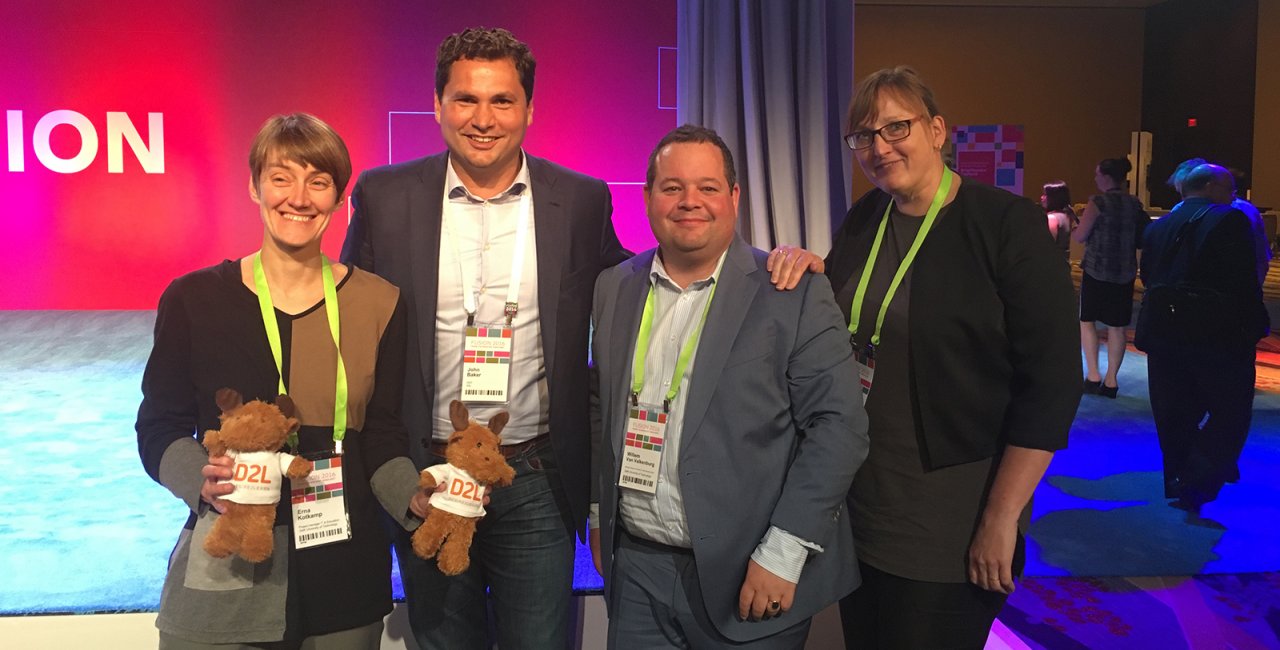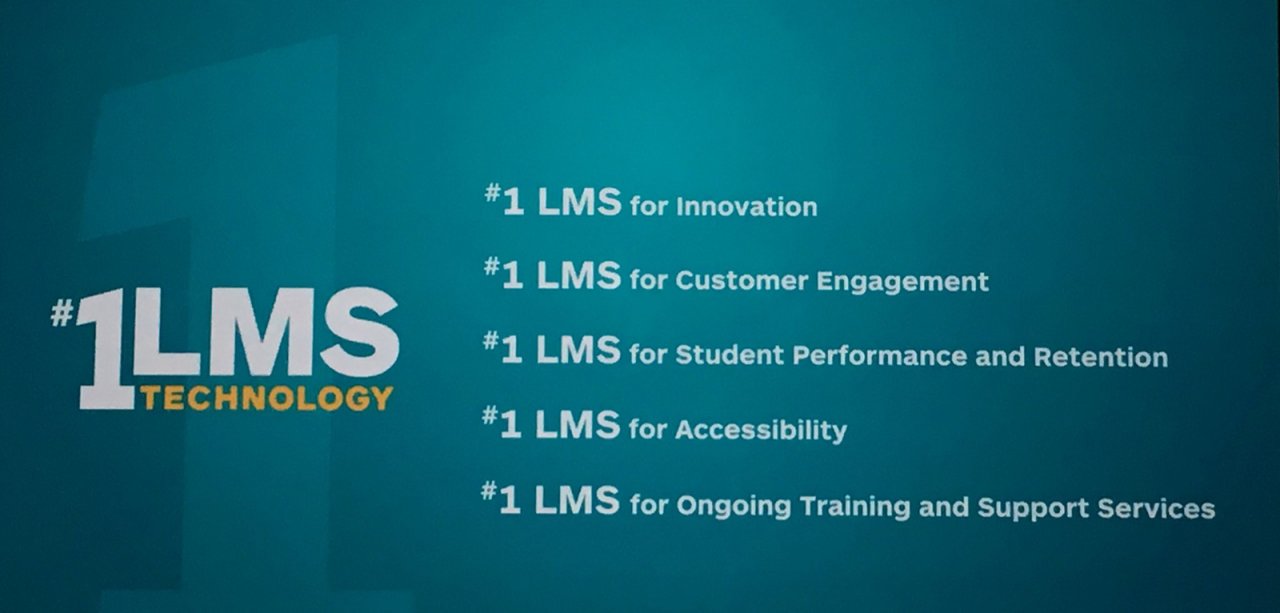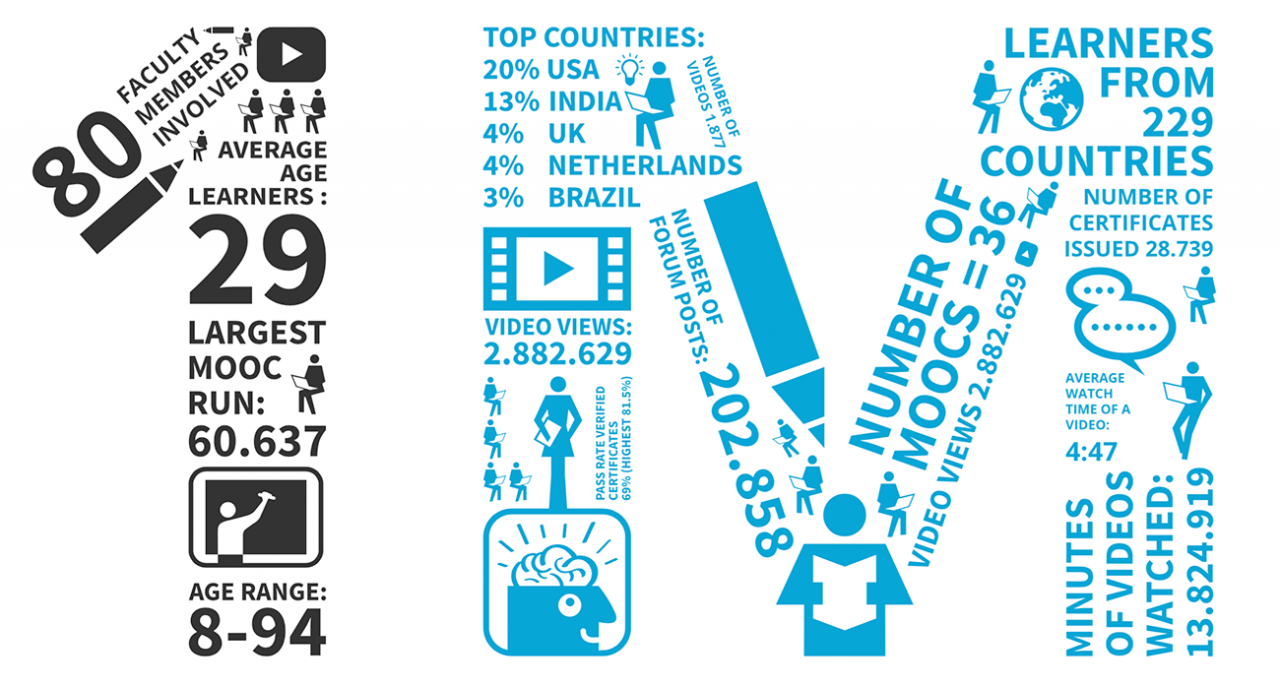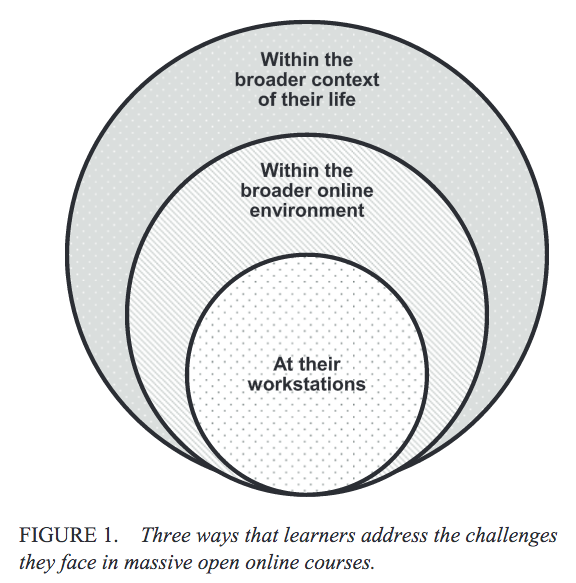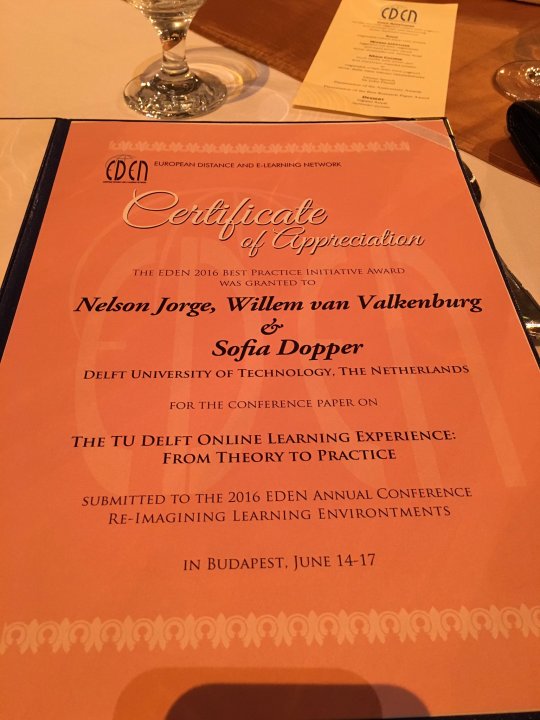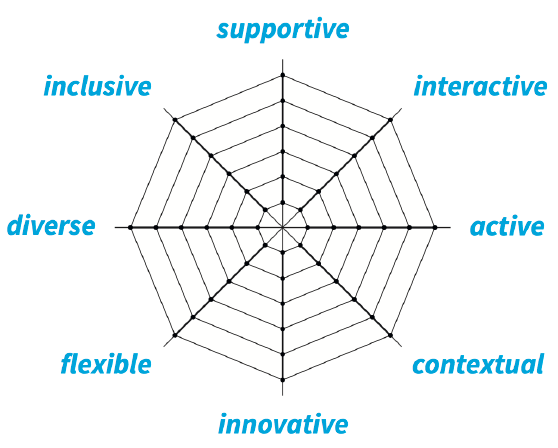The Open University (UK) has published an interesting report on MOOC research that was done at the OU from the start of the MOOCs in 2008 up until February of this year. The authors, Rebecca Fergason, Tim Coughlan, Christothea Herodotou, have searched the university’s Open Research Online (ORO) repository that use the word ‘MOOC’ in their title or abstract. Studies are divided thematically, and the report contains sections on the pedagogy of MOOCs, MOOCs and open education, MOOC retention and motivation, working together in MOOCs, MOOC assessment, accessibility, privacy and ethics, quality and other areas of MOOC research.
The report discusses 58 recommendations that have emerged from the research – each of which is linked to the research study that generated it. Some of these recommendations extend or reinforce what the University is already doing, some are very specific, and some are small scale. Overall, the research highlights ten priority areas for University activity.
MOOC priority areas
- Influence the direction of open education globally
- Develop and accredit learning journeys
- Extend the relationship between learners and the OU
- Make effective use of learning design
- Make use of effective distance learning pedagogies
- Widen participation
- Offer well-designed assessment
- Pay attention to quality assurance
- Pay attention to privacy and ethics
- Expand the benefits of learning from OU MOOCs
Download report.
Reference
Ferguson, Rebecca; Coughlan, Tim and Herodotou, Christothea (2016). MOOCS: What The Open University research tells us. Institute of Educational Technology, The Open University, Milton Keynes.





